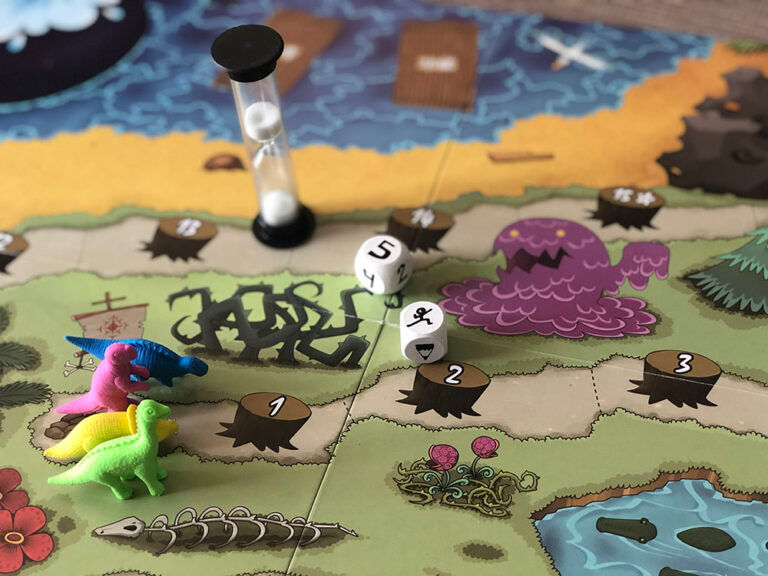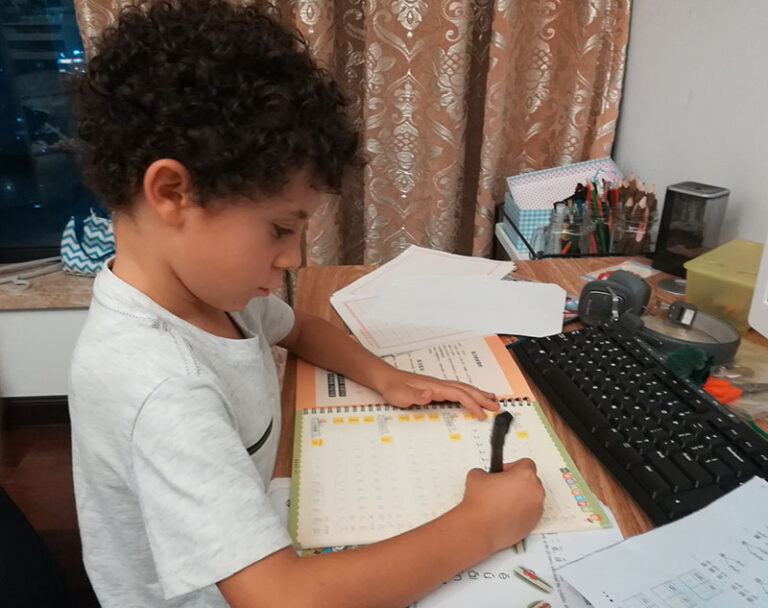


King Mandarin Chinese for Kids


User reviews
Training courses
Classroom Philosophy
We create customized courses based on students' specific needs, combining a variety of teaching methods with a rich classroom format. We design exciting classroom games, create a lively classroom atmosphere, immersive learning, and a fully Chinese environment. We are committed to enabling students to learn more effectively in a comfortable and enjoyable classroom with a strong learning atmosphere.
Six Ways to Teach
1. Scenario method: Teachers prepare a scenario for students according to the classroom learning content and allow students to simulate and practice the scenario, so that students can more concretely understand the use of the knowledge they have learned in class in a real language environment.
2. Full Body Response Method: In the teaching process, the teacher helps students understand what they have learned by interpreting body movements, so that students can feel the Chinese language more intuitively and make the classroom more lively and animated.
Silent teaching method: In the teaching process, teachers will try to give students more opportunities to open their mouths and encourage them to speak Chinese and express themselves in Chinese, so that students can master the ability to use Chinese more effectively and refuse to be silent in Chinese.
4. Audiovisual method: With the help of current multimedia technology, visual perception and auditory perception are combined, and students are made to understand the relationship between language and image through objects, pictures, and images.
5. Game Method: Teachers scientifically design interesting classroom games based on the content being learned in the classroom to increase students' motivation to learn and make the classroom more lively and exciting.
6. Communicative Method: According to the students' actual needs, real and natural language materials are selected, and through a large number of Chinese activities, students' ability to communicate in Chinese is cultivated.
Post-class feedback
After each class, teachers will send the content learned in the class, students' performance in the class, and the students' mastery of learning to parents, so that parents are fully aware of the students' learning status, and design appropriate practice questions according to the students' weaknesses for strengthening. There will also be a study group for testing and monitoring.
Curriculum (Level Estimate)
L1
speaking
Can describe common situations using simple phrases and sub-phrases such as introducing oneself, what time it is today, time expressions, etc.
Listening
Can understand simple words and basic phrases
Reading and writing Reading and writing
reading and writing
Can understand simple sentences based on spelling
Like what's your name, I'm 6 years old, etc.
Can read and understand common Chinese characters
Like me, you, what
Educational materials used
Understand and use the most frequently used Chinese words and phrases, and gain the strength to continue learning Chinese.
L2
speaking
Can describe common situations and phenomena using phrases and sub-phrases, such as describing the weather, making comparisons, and the direction of objects.
Listening
Understands high-frequency vocabulary and phrases as well as everyday subordinate clauses.
reading and writing
reading and writing
Can understand simple sentences based on sounds, such as: “Can you...” and “Is it hotter today than yesterday?” Can read, understand, and write common Chinese characters and phrases, such as: today, yesterday, tomorrow. Today, yesterday, and tomorrow
Educational materials used Yct2
He can understand and answer questions using very simple Chinese words and sub-phrases.
L3-4
speaking
You will be able to engage in conversations about familiar topics, topics of personal interest, or topics related to your daily life (such as family, hobbies, work, and travel). For example, what should I do if I lost something? Where have you been?
Listening
Understands common expressions used in school and in everyday life.
reading and writing
reading and writing
Understands simple sentences such as “I like..., I can...”
Understands and writes common Chinese characters and words such as 'can', 'above', and 'below'.
Teaching Materials Yct3-4
Simple and direct communication can be conducted in Chinese on topics of common interest in your life.
L5-6
speaking
The ability to communicate with other speakers fluently and actively and participate effectively in discussions in familiar surroundings such as discussing customs, choosing a means of transportation for travel, discussing belongings, etc.
Listening
Ability to understand most Japanese expressions as well as familiar topics
reading and writing
reading and writing
Ability to read and write Chinese characters in Japanese letters
Teaching Materials Teaching Materials Yct5-6
Can perform basic communication tasks in Chinese, such as in life and study.
L7-8
speaking
The ability to communicate with other speakers fluently and actively and participate effectively in discussions in familiar surroundings such as discussing customs, choosing a means of transportation for travel, discussing belongings, etc.
Listening
Ability to understand most Japanese expressions as well as familiar topics
reading and writing
reading and writing
Ability to read and write Chinese characters in Japanese letters
Teaching Materials Teaching Materials Yct5-6
To be able to use the Chinese language in your life and studies and to appreciate Chinese literature in your studies.

Frequently Asked Questions
Mandarin Chinese for Children is designed for children aged 5 to 12. The program aims to develop children's speaking, reading, and writing skills in Chinese. The program is designed to meet the YCT exam standards. The high-level learning program is based on Chinese elementary textbooks. For more information about the program, please contact us.
We offer both 1-on-1 offline and 1-on-1 online lessons. You can choose according to your individual needs.
King Mandarin programs are categorized into 8 levels based on four dimensions: speaking, listening, reading and writing, and literacy. King Mandarin can provide your child with a free Chinese language assessment. Contact us at
King Mandarin Chinese for Kids is a 45-minute lesson. The length of each lesson is flexible according to your child's schedule.
It is possible. You can cancel your class one day before its start.
If you have any other questions, please leave a message...
Contact us



kmandarin
126.com



















